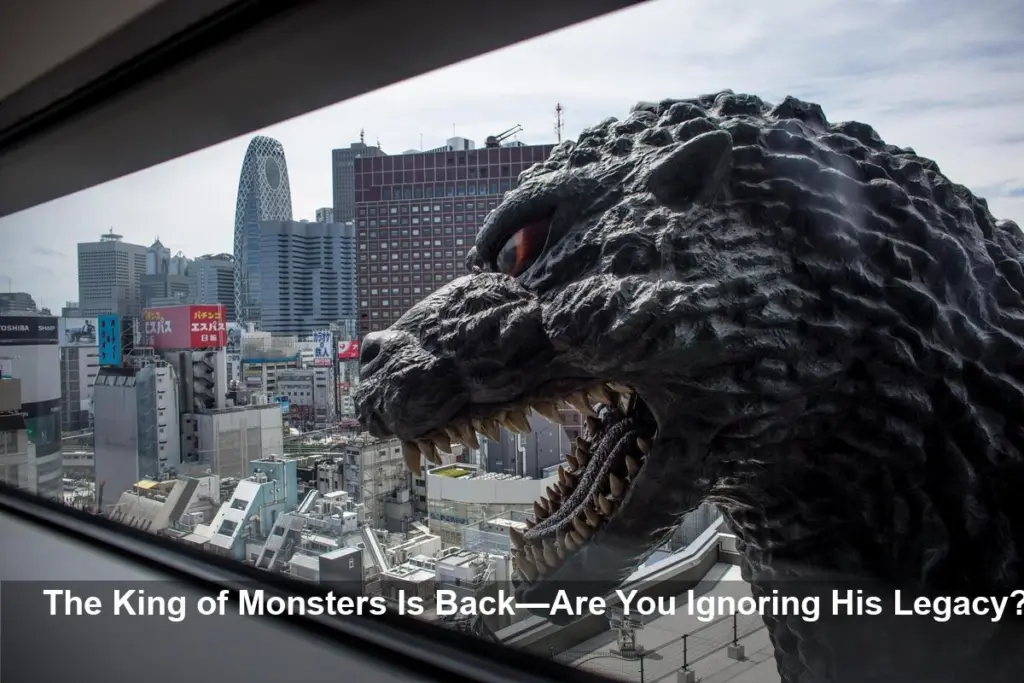- Godzilla Day is celebrated on November 3rd, marking the anniversary of the original 1954 film’s national release in Japan.
- The film was a direct commentary on the widespread anxieties surrounding nuclear testing conducted by the United States in the Pacific.
- Initially depicted as a terrifying force of destruction, Godzilla’s character later evolved into a more awe-inspiring, heroic figure.
- The King of the Monsters has left an outsized impact on global culture, cementing his status as a beloved cinematic icon.
The King of Monsters Roars: Why Godzilla Day is a Sobering Reminder
On November 3, 1954, Japanese movie theaters unleashed a monster that would not only terrorize cities on screen but also stomp its way into the annals of cinematic history. This date is now celebrated by fans worldwide as Godzilla Day, an occasion to honor the King of the Monsters. But behind the celebratory roar lies a much darker, more profound origin story that many have forgotten—a chilling reflection of a world grappling with the atomic age.
From Nuclear Terror to Folk Hero
The original “Godzilla” was far from a simple monster movie. It was a powerful and somber allegory, born from the very real fears that gripped Japan. The film directly tapped into the national trauma and anxiety following the atomic bombings and the more recent nuclear testing by the United States in Japan’s backyard. Godzilla was the literal embodiment of nuclear holocaust, a rampaging consequence of humanity’s most destructive invention.
The Birth of an Icon of Destruction
The 1954 classic is renowned for its harrowing scenes of destruction and sheer panic. The sight of terrified crowds fleeing from an unstoppable, 150-foot tall dinosaur was a visceral cinematic experience. This was not a creature to be cheered for; it was a walking, radiation-breathing catastrophe, a terrifying symbol of nature’s wrath against humanity’s hubris.
A Surprising Evolution
However, as the franchise expanded, a strange thing happened. The creature that once represented pure terror began to change. In subsequent films, Godzilla’s terrifying nature mutated into something more complex. He shifted from an outright villain to an anti-hero, and eventually, a folk hero of sorts—a powerful protector who would defend Japan from other, more malevolent monsters. This evolution transformed him from a symbol of fear into one of awe-inspiring power and resilience.
A Lasting Cultural Footprint
Today, Godzilla’s impact on movies and culture is undeniable. His legacy is celebrated not just in film but through iconic landmarks, such as the 12-meter-tall Godzilla replica head at the Hotel Gracery in Shinjuku, Tokyo. From a dark warning about nuclear weapons to a global pop culture superstar, Godzilla’s journey is as massive as the monster himself. As fans celebrate Godzilla Day, it remains a crucial moment to remember the powerful message at the heart of the original roar—a warning that is still relevant today.
Image Referance: https://slate.com/briefing/2025/11/join-slates-open-thread-november-3.html
